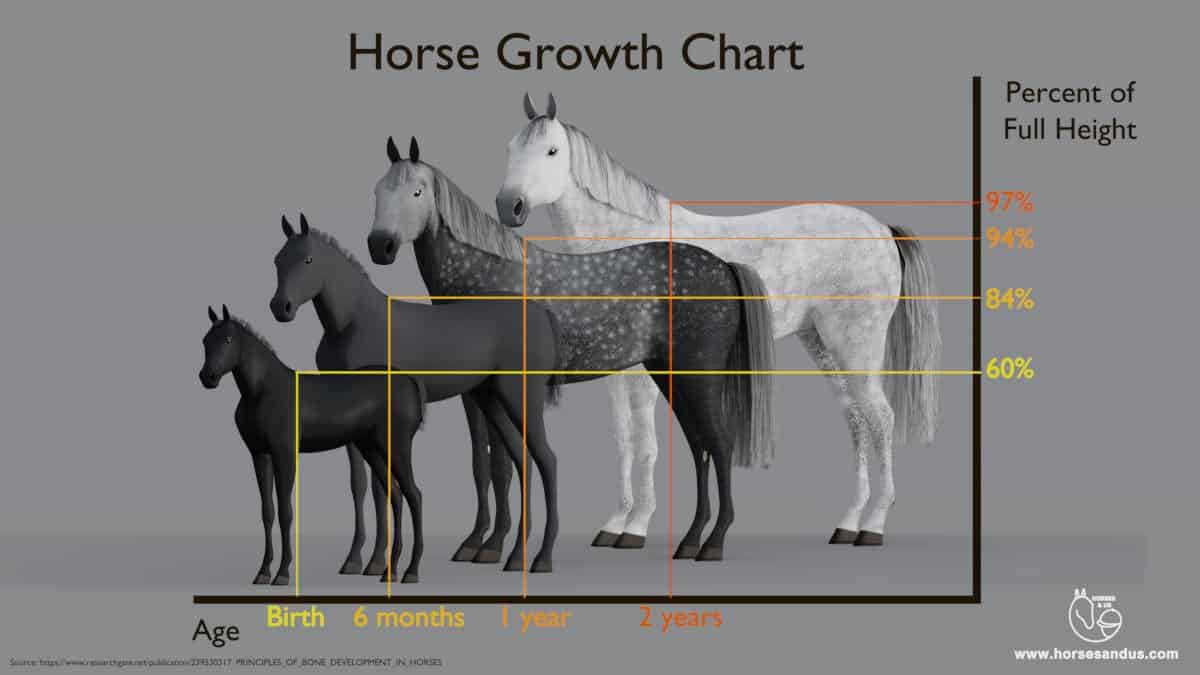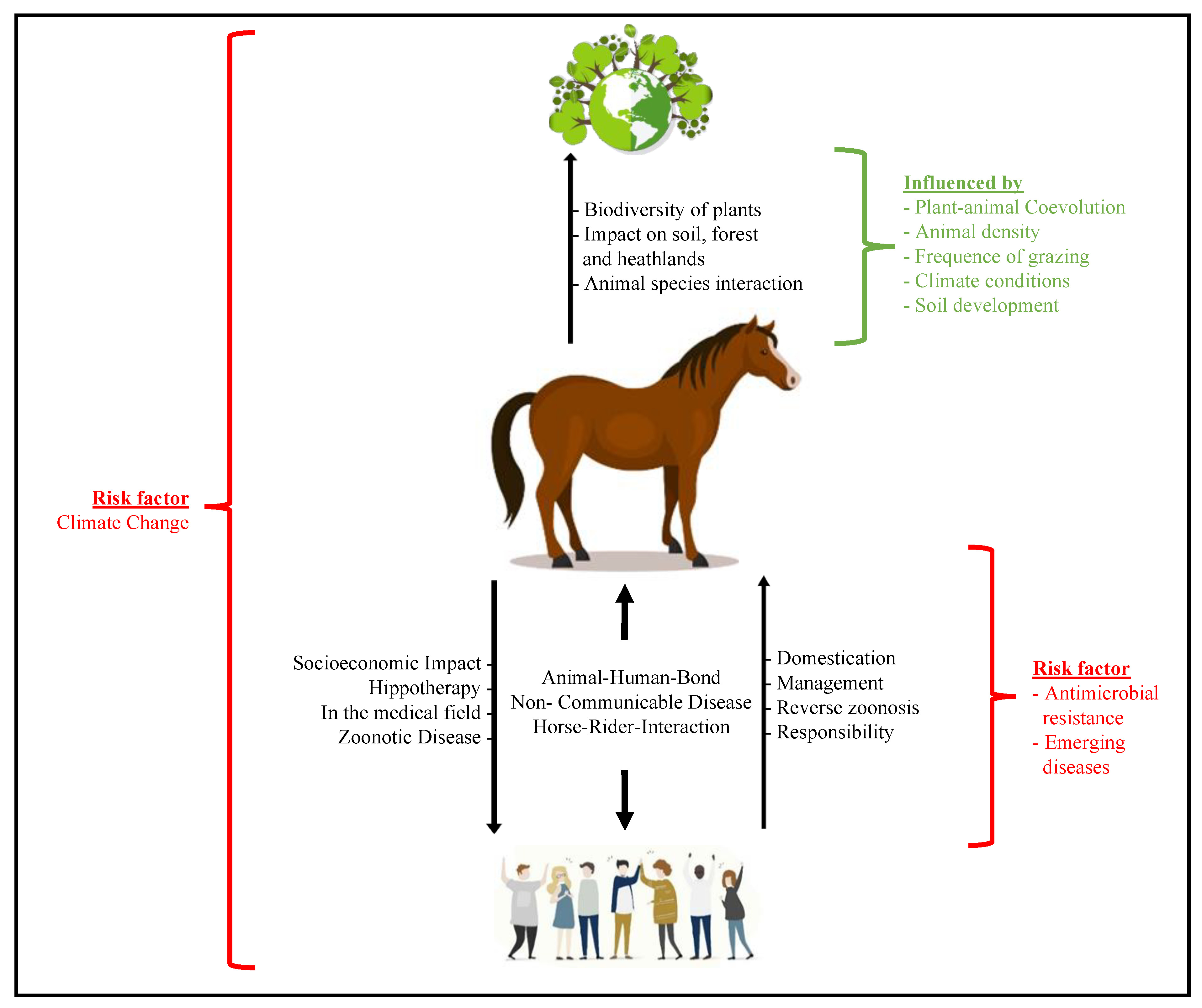Horses are majestic creatures, and understanding horse growth is essential for owners and equine enthusiasts. From birth to maturity, equines undergo significant changes that are vital to their overall health and performance capabilities. In this comprehensive guide, we will delve into the various aspects of equine growth, ensuring a solid foundation for those looking to deepen their knowledge of these beloved animals.
Introduction to Equine Development Milestones
The journey from a playful foal to a stately adult horse is filled with important equine development milestones. Each milestone plays a crucial role in a horse’s life, shaping its future as a companion, worker, or athlete. Recognizing these milestones can help caretakers provide the best possible care at every stage.
Defining Full-Grown Horse Size
Full-grown horse size varies significantly among breeds, but it is typically marked by the completion of skeletal and muscular development. Understanding the factors that contribute to the final stature of a horse is key to predicting and managing its growth trajectory.
Horse Growth Stages

The horse growth stages encompass a fascinating progression from a newborn foal to a fully mature horse. Each stage is characterized by unique developmental benchmarks that, when carefully monitored, can provide valuable insight into a horse’s well-being and potential.
Early Development: Foal to Weanling
From birth until about six months, horses are referred to as foals. This period sees rapid growth, with the young horse learning to navigate its environment and establish social bonds. Proper nutrition and care during this time are critical for laying the foundation for a healthy life.
Yearling Phase and Early Training
As horses enter the yearling phase, they begin to exhibit more independence. This is also when early training might start, introducing them to human interaction and basic commands. The approach to training during this time can greatly influence a horse’s future demeanor and responsiveness.
The Adolescent Years: Horse Development Periods
The adolescent years, spanning from two to four years of age, are considered crucial horse development periods. It is during these years that horses grow closer to their adult size and start to develop a more distinct personality. The care and training received here will largely shape the adult horse they become.
Approaching Horse Maturity Age
Approaching the horse maturity age, usually around four to five years old, horses begin to show signs of settling into their full size and capabilities. It’s a time when serious training and work can begin, as their bodies are more capable of handling the physical demands.
Equine Growth Rates

Equine growth rates are not uniform across all horses. Various factors, including breed, genetics, and environment, influence how quickly a horse reaches maturity. Understanding these rates can help manage expectations and ensure appropriate care is given throughout growth.
Comparing Growth Rates Across Breeds
Comparing growth rates across breeds reveals a diverse range of timelines for reaching maturity. For instance, larger breeds like draft horses may grow more slowly and mature later than smaller breeds, such as Arabians or Quarter Horses.
Average Horse Growth Timeline
The average horse growth timeline provides a general framework for what to expect as a horse matures. Typically, horses achieve most of their height by two years old, but they continue to fill out and strengthen until they’re around five years old, depending on the breed.
When Do Horses Reach Full Size?
When do horses reach full size? This question is common among horse owners and caretakers. While the answer varies, recognizing certain indicators can help determine whether a horse is approaching or has reached its full potential in size.
Physical Maturity Indicators
Physical maturity indicators, such as the closing of growth plates and the full development of muscles, signal that a horse has likely reached its full size. Observing these signs requires a keen eye and familiarity with equine anatomy.
Emotional Maturity in Horses
Emotional maturity in horses, while less tangible than physical growth, is just as important. It involves the horse developing a stable temperament and the ability to handle stress and new situations with confidence.
Factors Affecting Horse Growth
Several factors affecting horse growth play a role in how a horse develops. These factors can either hinder or enhance growth, highlighting the importance of a conducive environment for optimal development.
Genetic Influences on Growth
Genetic influences on growth are significant, with hereditary traits dictating the potential size and rate of development. Certain breeds are predisposed to certain growth patterns, which should be considered when managing breeding programs and individual horse care.
Nutritional Impact on Equine Growth
Proper nutrition is paramount for growth. A balanced diet that meets the changing needs of a growing horse is essential. Deficiencies or excesses in certain nutrients can lead to developmental issues or imbalances.
Environmental Effects on Development
The environment in which a horse is raised can either support or impede growth. Factors such as climate, housing, and social structures within the herd can all influence a horse’s development.
Exercise and Its Role in Growth
Exercise plays a dual role in a horse’s growth. While necessary for developing strength and coordination, it must be carefully managed to avoid stress on developing bones and joints.
Milestones in Horse Development
Awareness of milestones in horse development allows caretakers to track progress and anticipate changes in care requirements. These milestones also serve as checkpoints for a horse’s overall health and development.
Key Age-Related Developmental Milestones
Key age-related developmental milestones include weaning, the first dental checkup, the onset of training, and the first signs of sexual maturity. Marking these milestones helps ensure that horses are developing as expected and receiving appropriate care.
Tracking Growth: When to Expect Plateaus
Tracking growth and understanding when to expect plateaus can prevent unnecessary concern or overreaction. Growth is not always linear, and recognizing natural lulls can provide reassurance during the maturation process.
Recognizing a Horse’s Readiness for Training
Recognizing a horse’s readiness for training is critical for their long-term physical and mental health. Training should align with a horse’s developmental stage to prevent injury and encourage a positive learning experience.
Physical Readiness for Riding and Training
Physical readiness for riding and training involves assessing the horse’s size, strength, and coordination. These aspects must be sufficiently developed before introducing more demanding activities.
Risks of Premature Training on Growth
The risks of premature training on growth are significant. Overworking young horses can lead to joint and bone damage, as well as long-term health issues that may compromise their ability to perform in later life.
Supporting Your Horse’s Growth
Supporting your horse’s growth involves a balance of nutrition, exercise, and health care. Each aspect plays a role in ensuring that horses reach their full potential in a healthy and sustainable manner.
Best Practices for Feeding Growing Horses
Best practices for feeding growing horses include providing a diet rich in essential nutrients and tailored to the specific needs of the horse’s current growth stage. Regular consultations with a veterinarian or equine nutritionist can optimize feeding strategies.
Designing an Appropriate Exercise Regimen
Designing an appropriate exercise regimen for young horses should involve gradual increases in workload, variety in activities, and ample recovery time. This approach helps to build strength and resilience without overtaxing developing systems.
Conclusion: The Journey to Full Maturity
The journey to full maturity for a horse is a complex and nuanced process. With careful attention to the multitude of factors influencing growth, horse owners can shepherd their charges to a robust adulthood.
Summary of Horse Growth and Maturity
In summary, horse growth and maturity involve a series of stages, from the playful foal to the majestic adult. Each stage has its own set of challenges and rewards, requiring a dedicated approach from those responsible for their care.
If you’re curious about the growth and care of horses, you might find it interesting to learn not just about when horses stop growing, but also about the history and development of their domestication. Our article on when people started riding horses offers a glimpse into the past, revealing how these majestic animals have been companions to humans for centuries.
Additionally, horse owners and equine enthusiasts often wonder about the comfort and health of these animals, particularly when it comes to hoof care. In our informative article, we address the question: Does it hurt when horses get their hooves trimmed? This can provide peace of mind to those concerned with the welfare of their four-legged friends.
As the seasons change, another topic of interest is the shedding of a horse’s winter coat. To understand this natural process, check out our insights on when horses shed their winter coat. This information is essential for anyone looking to maintain the health and happiness of their horse throughout the year.
Final Thoughts on Supporting Healthy Development
In conclusion, the commitment to supporting healthy development in horses is a testament to the bond between humans and these noble animals. By understanding the intricacies of growth and providing appropriate support, we contribute to the well-being and potential of our equine companions.



